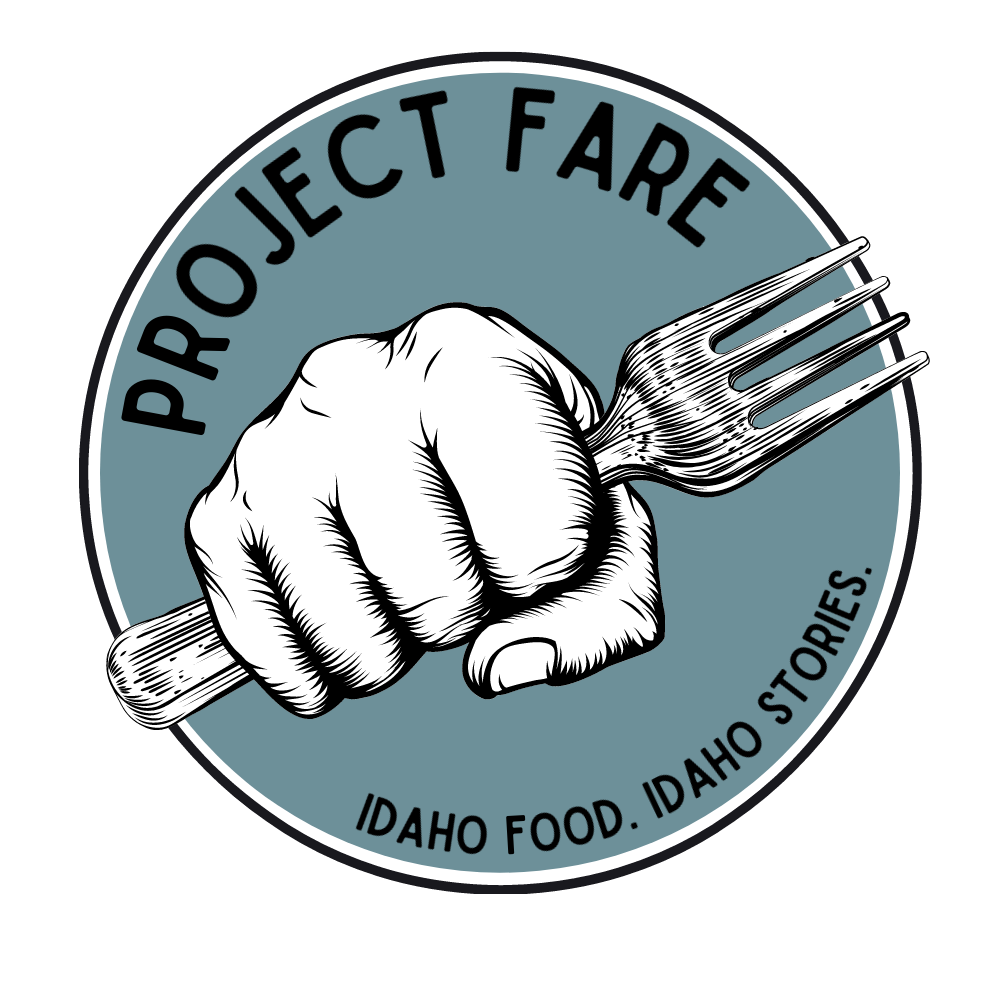Canyon County government and farm leaders seek to preserve Sunnyslope agricultural land
The cherry trees at Williamson Orchards in Sunnyslope catch the sun in May. | Image courtesy of Williamson Orchards
Story by Sharon Fisher
The Sunnyslope region is unlike any in the state, said Craig Davis, owner of Kindred Vineyards in Caldwell.
“This belt, 20 miles wide, has its own growing zone,” he said.
The area has two more frost-free weeks in the spring than Boise, and another two more in the fall – meaning it can support crops unviable elsewhere.
As president of the Sunnyslope Wine Trail, a nonprofit coalition of 17 wineries in the area, Davis is among a group of local agricultural leaders who are deeply invested in the region’s future and concerned about how urban development could change it.
Canyon County, including Sunnyslope, is updating its comprehensive plan and, in the process, is considering how to preserve ag land.
“We’ve identified a number of tools we can use to protect farmland and support farmers,” said Elizabeth Allen in Canyon County’s long-range planning division.
So far, that includes the creation of an “agritourism overlay,” allowing the county to create zoning rules for that area. In particular, an “intensive ag overlay” would protect agricultural areas from being encroached upon or creating incompatible uses.
“We still have to draft ordinances and work with the community more about how this could work for them,” Allen said.
The Historic Splendid Valley Agritourism District, northeast of Denver, is one example.
“It’s an excellent model we could use in Sunnyslope,” said David Anderson, Idaho program manager for American Farmland Trust Inc., headquartered in Washington, D.C. “It would probably take us years.”
But, once created, such an ag overlay district could help preserve farmland, Anderson said in a webinar earlier this year. The district allows for impact fees, meaning the area could create an improvement district – think “urban renewal,” except for rural areas – and put money aside for agricultural preservation, such as through transfer of development rights.
Allen confirmed the county is considering a transfer of development rights program and is working with Boise State University on research to determine how that would work best.
An aerial view of Kindred Vineyards in Caldwell. | Photo courtesy of Craig Davis
What farmers think
If agricultural land is lost in Canyon County, there’s no place nearby for farmers to move, said Kindred’s Davis.
“We can’t go across the river to Owyhee County,” he said. “It’s a desert.”
Plus, grapes require slopes on which to grow, he added.
“We’re all concerned about what’s happening out here,” Davis said. “Hundreds of acres are threatened with subdivisions, which would completely devastate the economy of seed farmers, wineries and hop growers.”
While Davis called the comp plan “a step in the right direction,” he’d like to see more protection, perhaps on a state level.
Sunnyslope vineyards, now at 800 acres, will need another 1,600 acres by 2027 to support Idaho’s wine industry – unaffordable at $400,000 for a 10-acre parcel rather than $50,000, he said.
An important component for any ag preservation plan is the preservation of private property rights, said Patrick Williamson, a member of the multigenerational Williamson Orchards in Sunnyslope, as well as a commissioner with Canyon County Planning and Zoning.
Williamson
“Finding a balance is what I want to achieve and see going forward,” Williamson said in an email message.
Both property rights and protecting ag land are topics he’s heard about “from farmers wanting to be able to do what they want with their land, without people who do not own land or know how to farm telling them what they can or cannot do with their ground,” he said.
What could happen is a board, made up primarily of farmers, which would help decide whether another farmer could rezone their property to a non-agricultural use, such as demonstrating the ground was no longer economically viable or productive.
“Something that shows more proof of why the change is needed than just a comment in a letter of intent that the ground is unproductive or difficult to farm,” Williamson said.
The vineyard at Williamson Orchard turning orange in October. | Image courtesy of Williamson Orchards
Next steps for Canyon County
First, the Canyon County commissioners need to approve the revised comprehensive plan, including the concept of the ag overlay, which Allen said she hopes to have adopted by August or September. Then the definitions for what constitutes an ag business need to be settled.
For example, “there are different opinions about lodging and where it fits into an agritourism district,” Anderson said. “Some people are going to want four or five Airbnbs in vineyards for $200 a night. Other people are suggesting they want to carve out a 50-station (recreational vehicle) park in the middle of their apple orchard. If you think about that, that’s fragmenting farmland. You’ve got to be careful with agritourism that it isn’t promoting the fragmentation we’re trying to limit.”
Finally, the county can determine district boundaries – and public outreach could take another year.
“The overlays are very conceptual now, which is why the information is limited,” Allen said. “They won’t be fully established until the comprehensive plan is adopted and we create the ordinances for those. None of the overlays will be established through ordinance this year. What we have in the plan is only a vision.”
But farmers like Davis are eager to see that vision become a reality.
“Without it,” Davis said, “we’ll just become another Meridian.”







